Home>Garden Essentials>How Long Does It Take To Grow Butterfly Bush From Seed
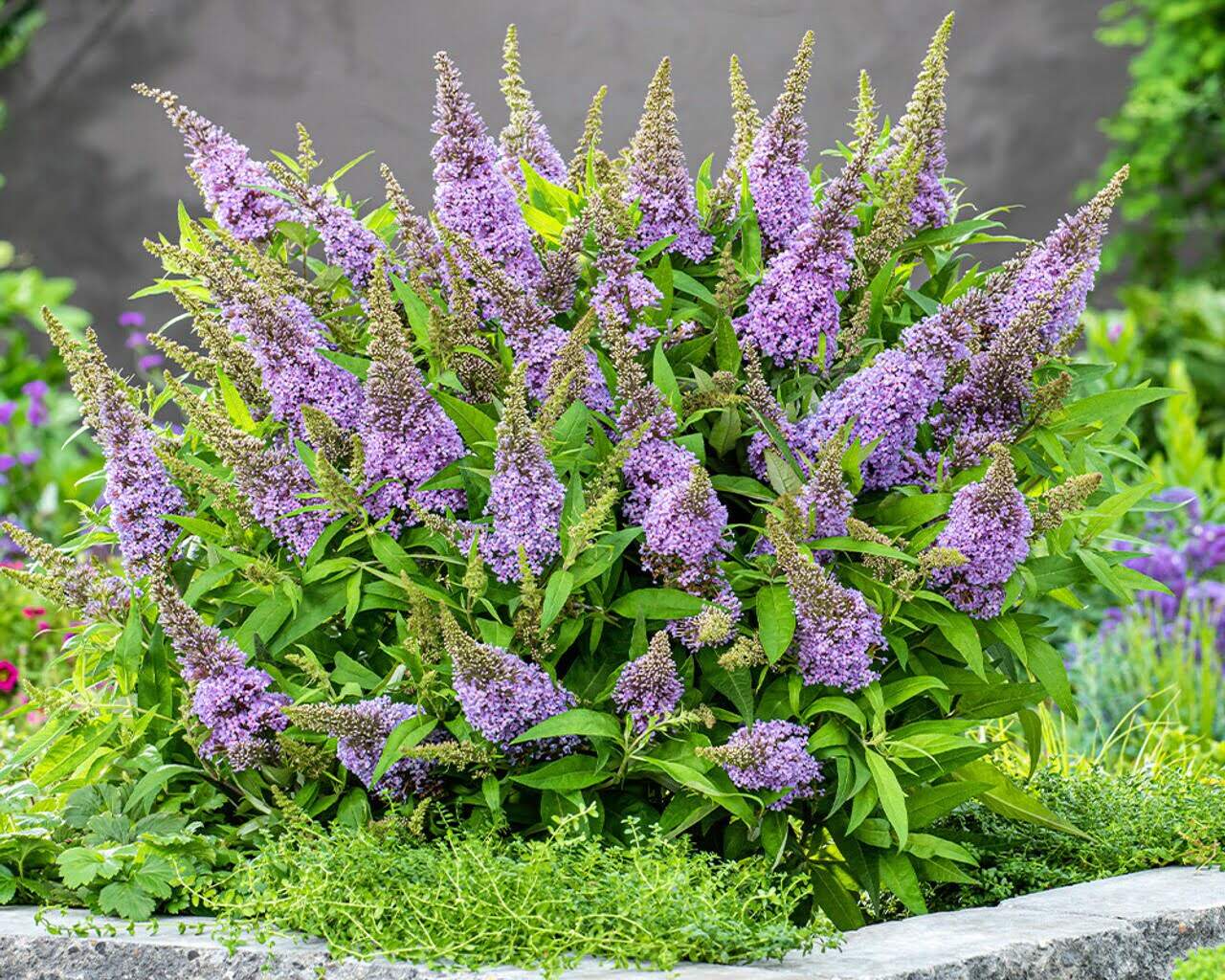

Garden Essentials
How Long Does It Take To Grow Butterfly Bush From Seed
Modified: May 6, 2024
Learn how long it takes to grow butterfly bush from seed in your garden and start enjoying the beauty of these vibrant flowers.
(Many of the links in this article redirect to a specific reviewed product. Your purchase of these products through affiliate links helps to generate commission for Storables.com, at no extra cost. Learn more)
Introduction
Welcome to the world of gardening! Growing plants from seeds is a fascinating and rewarding experience, and one plant that can bring beauty and charm to your garden is the butterfly bush. Known for its vibrant colors and ability to attract butterflies and other pollinators, the butterfly bush is a popular choice among garden enthusiasts.
In this article, we will explore the process of growing butterfly bush from seed. We will provide you with valuable insights, step-by-step instructions, and expert tips to ensure successful germination and growth of your butterfly bush plants.
Whether you are a seasoned gardener looking to expand your collection or a beginner eager to try your hand at growing plants from seed, this guide will equip you with the knowledge and confidence to grow healthy and thriving butterfly bush plants.
Before we delve into the details of growing butterfly bush from seed, let’s first understand more about this beautiful plant and why it is an excellent addition to any garden.
Key Takeaways:
- Growing butterfly bush from seed is a rewarding process that involves scarifying the seeds, providing proper light and moisture, and transplanting the seedlings, resulting in vibrant plants that attract butterflies and pollinators.
- Caring for butterfly bush seedlings involves watering, feeding, protecting from pests, and providing support, ensuring healthy growth and vibrant blooms that enhance the beauty of your garden.
Understanding Butterfly Bush
The butterfly bush, scientifically known as Buddleia, is a deciduous shrub native to China and other parts of Asia. It is named after the famous English botanist, Reverend Adam Buddle. The plant earned its common name, “butterfly bush,” due to its ability to attract numerous butterflies and other pollinators.
One of the key characteristics of the butterfly bush is its beautiful and fragrant flowers. They come in various vibrant colors, including shades of purple, pink, white, and yellow. These showy flowers are arranged in long clusters, known as panicles, which can reach up to 12 inches or more in length.
In addition to its aesthetic appeal, the butterfly bush serves an important ecological role. It is a valuable source of nectar for butterflies, bees, hummingbirds, and other beneficial insects. By planting butterfly bushes in your garden, you can create a vibrant and buzzing ecosystem that supports and attracts these essential pollinators.
When it comes to selecting a suitable location for your butterfly bush, it is important to consider its environmental preferences. The plant thrives in full sun but can tolerate partial shade. It prefers well-draining soil and is relatively tolerant of different soil types.
While the butterfly bush is a stunning addition to any garden, it is worth noting that it can be an invasive species in some regions, particularly in North America. To prevent the spread of butterfly bush and its potential impact on native plant species, it is recommended to grow sterile cultivars that do not produce viable seeds.
Now that we have a better understanding of the butterfly bush, let’s dive into the process of germinating butterfly bush seeds and growing these beautiful plants from scratch.
Germinating Butterfly Bush Seeds
Germinating butterfly bush seeds is the first step in the process of growing these plants from scratch. Before you begin, gather the necessary materials, including clean pots or seed trays, high-quality seed-starting mix, a spray bottle or watering can, and of course, fresh butterfly bush seeds.
To increase the chances of successful germination, it is recommended to scarify the butterfly bush seeds before planting them. Scarification involves breaking or scratching the seed coat to allow moisture to penetrate and promote germination. One way to scarify butterfly bush seeds is by gently rubbing them with sandpaper or using a small knife to make a shallow cut on the seed coat.
Once the seeds are scarified, fill the pots or seed trays with the seed-starting mix, leaving a small space at the top. Moisten the mix thoroughly with water and let it drain excess moisture. Place the scarified butterfly bush seeds on top of the seed-starting mix, gently pressing them into the surface. It is crucial to maintain proper spacing between the seeds to allow airflow and prevent overcrowding.
Cover the seeds with a thin layer of the seed-starting mix, ensuring they are still exposed to some light. Mist the surface with water from a spray bottle or use a watering can with a fine rose to avoid dislodging the seeds. Place a plastic dome or cover over the pots or seed trays to create a humid environment and retain moisture.
Now, find a warm and bright location for the pots or trays. Ideally, the temperature should be around 70-75°F (21-24°C) for optimal germination. You can place the containers near a sunny window or use grow lights to provide the necessary light conditions.
During the germination period, which can take anywhere from 10 days to several weeks, check the moisture level regularly and mist the surface when needed to keep it moist but not waterlogged. Avoid overwatering to prevent fungal diseases.
As the seeds germinate, you will see tiny seedlings emerging from the soil. At this stage, remove the plastic cover and continue to provide adequate light and moisture. Ensure that the seedlings receive at least six to eight hours of sunlight each day or provide supplemental lighting if needed.
With proper care and attention, your butterfly bush seeds will soon transform into healthy seedlings ready for transplantation.
Steps to Growing Butterfly Bush from Seed
Now that you have successfully germinated your butterfly bush seeds and have healthy seedlings, it’s time to move on to the next steps in growing these beautiful plants:
- Preparing the planting site: Choose a location in your garden that receives full sun or partial shade. Ensure the soil is well-draining and amend it with organic matter if needed.
- Transplanting the seedlings: When the seedlings are around 2-3 inches tall and have developed a few sets of leaves, they are ready to be transplanted into their permanent location. Dig holes that are slightly bigger than the root ball of each seedling and gently place them into the holes. Fill in the gaps with soil and press down gently to secure the seedlings.
- Watering: After transplanting, water the seedlings thoroughly to help them establish their root systems. Ensure the soil is moist but not waterlogged. Water regularly, especially during hot and dry periods, but avoid overwatering.
- Mulching: Apply a layer of organic mulch, such as bark chips or straw, around the base of the plants to help conserve moisture, suppress weed growth, and regulate soil temperature.
- Fertilizing: Butterfly bush plants generally do not require heavy fertilization. However, you can apply a balanced, slow-release fertilizer once or twice a year to provide essential nutrients. Follow the instructions on the fertilizer packaging for proper application.
- Supporting the plant: Depending on the specific variety and growth habit, some butterfly bushes can become top-heavy and may require support to prevent them from leaning or breaking under their own weight. Use stakes or a trellis to support the plants as they grow.
- Regular maintenance: Monitor the plants regularly for any signs of pests or diseases. Prune away any dead or damaged branches to promote healthy growth and maintain an attractive shape. Remove spent blooms regularly to encourage continuous flowering.
By following these steps and providing proper care, you will witness your butterfly bush plants thrive and become a vibrant centerpiece in your garden, attracting butterflies and other pollinators with their beautiful flowers.
Butterfly bush seeds can take 15-30 days to germinate. It may take 3-4 months for the seedlings to reach a size suitable for transplanting outdoors. Keep the soil consistently moist and provide plenty of sunlight for best results.
Caring for Butterfly Bush Seedlings
As your butterfly bush seedlings begin to establish themselves in their new environment, they require proper care to ensure healthy growth and development. Here are some essential tips for caring for your butterfly bush seedlings:
- Watering: Keep the soil evenly moist, but avoid overwatering, as excessive moisture can lead to root rot. Check the soil regularly and water when the top inch feels dry. Water at the base of the plants to prevent wetting the foliage, which can make the seedlings susceptible to diseases.
- Feeding: Although butterfly bushes are relatively low-maintenance plants, applying a balanced, slow-release fertilizer during the growing season can provide them with the necessary nutrients. Follow the instructions on the fertilizer package for the appropriate amount and frequency of application.
- Protecting from pests: Keep an eye out for common garden pests like aphids, caterpillars, and spider mites. If you spot any infestations, promptly take action to control them. You can use insecticidal soap or neem oil, following the instructions on the product label. Alternatively, introduce beneficial insects like ladybugs to help keep pest populations in check.
- Monitoring for diseases: Butterfly bushes are generally resistant to most diseases; however, they can occasionally be affected by fungal issues such as powdery mildew. Ensure proper air circulation around the plants by providing adequate spacing and avoiding overcrowding. If you notice signs of disease, consider applying appropriate fungicides as recommended by a local garden center.
- Providing support: As your seedlings grow taller, they may benefit from some support to prevent them from toppling over under their own weight. Install stakes or a small trellis near each plant and gently tie the stems to provide support and stability.
- Pruning: Regular pruning is essential to maintain the shape and health of your butterfly bush plants. In early spring, before new growth appears, prune back any dead or damaged branches. Remove any crossing or crowded branches to improve air circulation, which helps prevent diseases. Pruning can also encourage bushier growth and more abundant flowering.
- Winter protection: In colder regions, butterfly bushes may benefit from additional winter protection. Before the first frost, apply a layer of mulch around the base of the plants to insulate the roots and protect them from extreme temperatures. Consider using burlap or a frost blanket to cover the plants during severe cold snaps.
By providing proper care and attention, your butterfly bush seedlings will flourish, becoming strong and vibrant plants that attract butterflies, hummingbirds, and other pollinators to your garden.
Transplanting Butterfly Bush Seedlings
Once your butterfly bush seedlings have grown and developed a strong root system, it’s time to transplant them into their permanent location in your garden. Transplanting seedlings can be an exciting and rewarding process. Here are the steps to transplanting your butterfly bush seedlings:
- Choose the right timing: The best time to transplant your butterfly bush seedlings is in early spring after the last frost, or in early fall before the first frost. This allows the roots to establish themselves before facing extreme weather conditions.
- Prepare the planting hole: Dig a hole in the desired planting location that is slightly larger and deeper than the root ball of the seedling. Loosen the soil around the hole to encourage proper root development.
- Remove the seedling from its container: Gently tap and loosen the edges of the container to ease the removal of the seedling. Carefully lift the seedling, keeping the root ball intact, and avoid pulling on the stem.
- Place the seedling in the hole: Lower the root ball into the prepared hole and position the seedling so that it sits at the same depth as it was in its original container. Ensure that the top of the root ball is level with or slightly above the soil surface to prevent water pooling around the stem.
- Backfill the hole: Fill the hole with soil, gently pressing it around the roots to eliminate any air pockets. Avoid compacting the soil too tightly, as it can restrict root growth. Water the newly transplanted seedling thoroughly to help settle the soil.
- Watering and mulching: After transplanting, water the seedling deeply to promote root establishment. Provide regular watering as needed, keeping the soil moist but not saturated. Apply a layer of organic mulch around the base of the plant to retain moisture, suppress weeds, and regulate soil temperature.
- Monitor and care: Keep a close eye on your transplanted butterfly bush seedlings and provide proper care as they adjust to their new environment. Water consistently, especially during dry periods, and watch for any signs of stress or pest issues. Prune away any dead or damaged branches to promote healthy growth.
Remember, it’s essential to handle the seedlings with care during the transplanting process to avoid damaging the delicate roots. With proper transplantation and ongoing care, your butterfly bush seedlings will thrive in their new home and provide a stunning addition to your garden.
Pruning and Maintaining Butterfly Bush Plants
Pruning and maintaining your butterfly bush plants is crucial for their overall health, shape, and blooming performance. Proper pruning helps maintain a compact and well-shaped plant, encourages abundant flowering, and prevents the plant from becoming overgrown. Below are some essential tips for pruning and maintaining butterfly bush plants:
- Prune in late winter or early spring: The best time to prune your butterfly bush plants is in late winter or early spring before new growth begins. This allows the plant to focus its energy on developing new stems and flowers.
- Remove dead and damaged branches: Inspect the plant for any dead, diseased, or broken branches. Using clean and sharp pruning shears, remove these branches by cutting them back to healthy growth points or directly at the base.
- Encourage bushier growth: To promote a fuller and more compact plant, prune back the remaining stems to about one-third of their height. Cut just above a set of healthy buds or nodes, which will encourage new growth and branching.
- Remove spent blooms: Throughout the growing season, regularly deadhead your butterfly bush plants by removing faded or spent blooms. This process encourages the production of new flowers and extends the blooming period.
- Create a multi-stemmed plant: To create a more bushy and dense plant, consider selectively pruning back some of the older stems to encourage new growth from the base. This technique can help rejuvenate older plants and create a fuller appearance.
- Maintain the desired size: If you have limited space or prefer a smaller-sized plant, you can prune your butterfly bush more aggressively. Cut back the stems to a more manageable height, but remember to always leave some healthy growth for the plant to recover and bloom.
- Monitor for pests and diseases: Regularly inspect your butterfly bush plants for signs of pests, such as aphids or caterpillars, and address any infestations promptly. Be vigilant for common diseases like powdery mildew, and take appropriate measures to control them if necessary.
- Provide adequate water and fertilization: Water your butterfly bush plants regularly, especially during dry spells, to keep the soil moist, but not waterlogged. Apply a balanced, slow-release fertilizer according to the manufacturer’s instructions to provide essential nutrients for healthy growth and blooming.
- Winter protection: In colder regions, provide winter protection for your butterfly bush plants. Apply a layer of mulch around the base to insulate the roots and protect them from freezing temperatures. Consider covering the plant with burlap or a frost blanket during severe cold snaps.
By following these pruning and maintenance tips, you can ensure that your butterfly bush plants stay healthy, well-shaped, and continue to delight you with their vibrant flowers and visits from fluttering butterflies and pollinators.
Conclusion
Congratulations on learning how to grow butterfly bush from seed and mastering the art of maintaining these beautiful plants! By germinating butterfly bush seeds, transplanting seedlings, and providing proper care, you have unlocked the potential to create a vibrant, buzzing oasis in your garden.
Butterfly bushes are not only visually stunning with their colorful flowers, but they also play a vital role in supporting butterfly populations and other pollinators. By attracting these fascinating creatures, you contribute to the overall health and biodiversity of your garden ecosystem.
Remember to understand the needs of your butterfly bush plants—providing them with adequate sunlight, well-draining soil, and proper watering. Regular pruning and maintenance will help shape these plants, encourage vibrant blooms, and keep them in optimal health.
Be mindful of your local environment and consider growing sterile cultivars to mitigate the potential invasiveness of butterfly bushes in certain regions. Responsible garden practices ensure the long-term sustainability of these lovely plants while preserving native species.
As you embark on your journey of growing butterfly bushes, take the time to appreciate and marvel at the incredible transformation from a tiny seed to a blooming plant. Enjoy the vivid colors, the delicate fragrance, and the ballet of butterflies dancing around your garden.
We hope this comprehensive guide has equipped you with the knowledge and confidence to successfully grow butterfly bush from seed. Now, it’s time to put your green thumb to work, create a sanctuary for butterflies, and let your garden thrive with the beauty of these captivating plants.
Happy gardening!
Ready to spruce up your garden's enclosure? Dive into our collection of vibrant and creative garden fence ideas. Whether you're seeking privacy, style, or just a bit of flair, this guide has plenty of inspiration to transform garden boundaries into works of art. Perfect for gardening enthusiasts looking to blend functionality with aesthetics, these ideas will surely enhance any outdoor space.
Frequently Asked Questions about How Long Does It Take To Grow Butterfly Bush From Seed
Was this page helpful?
At Storables.com, we guarantee accurate and reliable information. Our content, validated by Expert Board Contributors, is crafted following stringent Editorial Policies. We're committed to providing you with well-researched, expert-backed insights for all your informational needs.
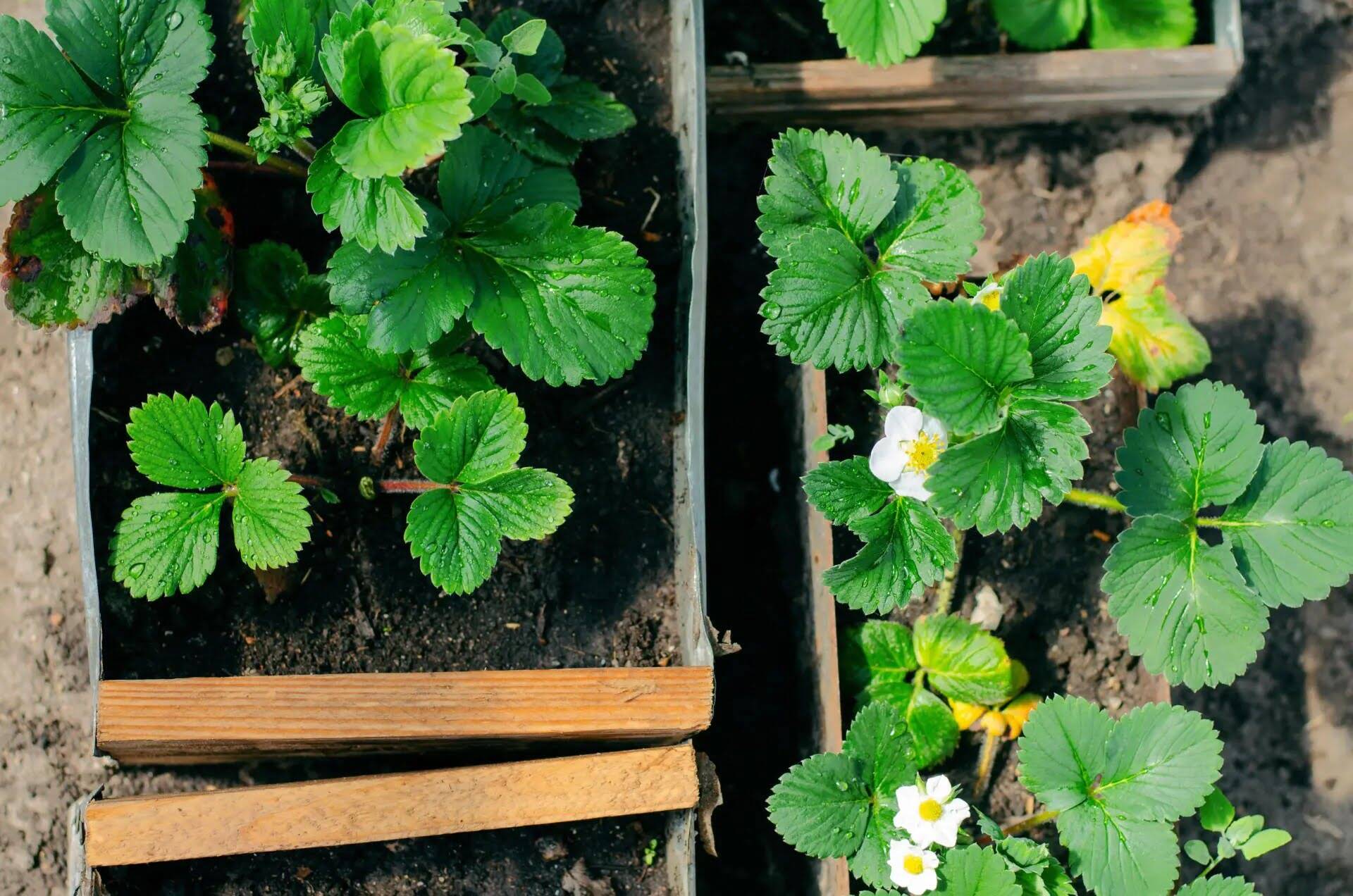
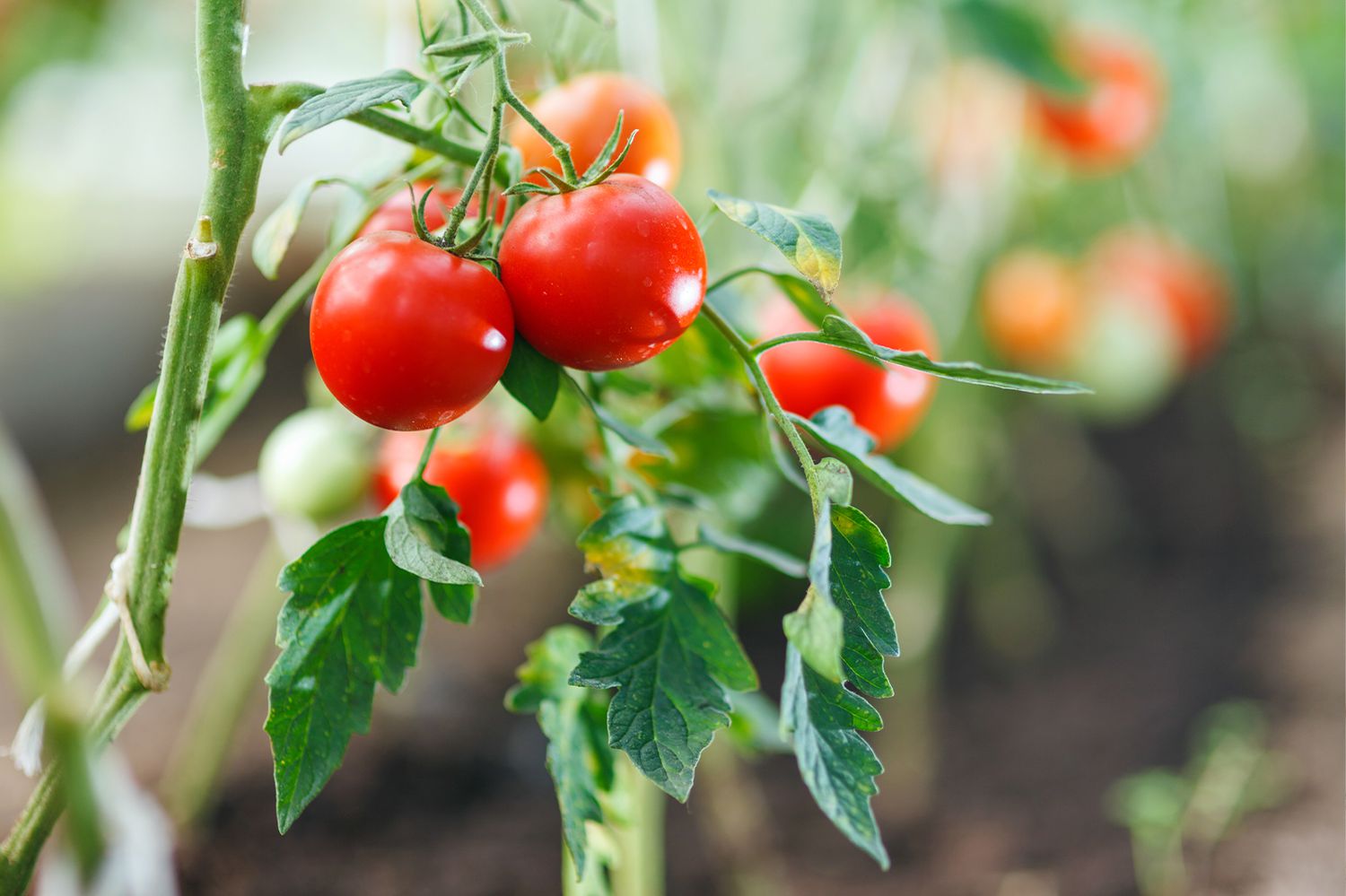
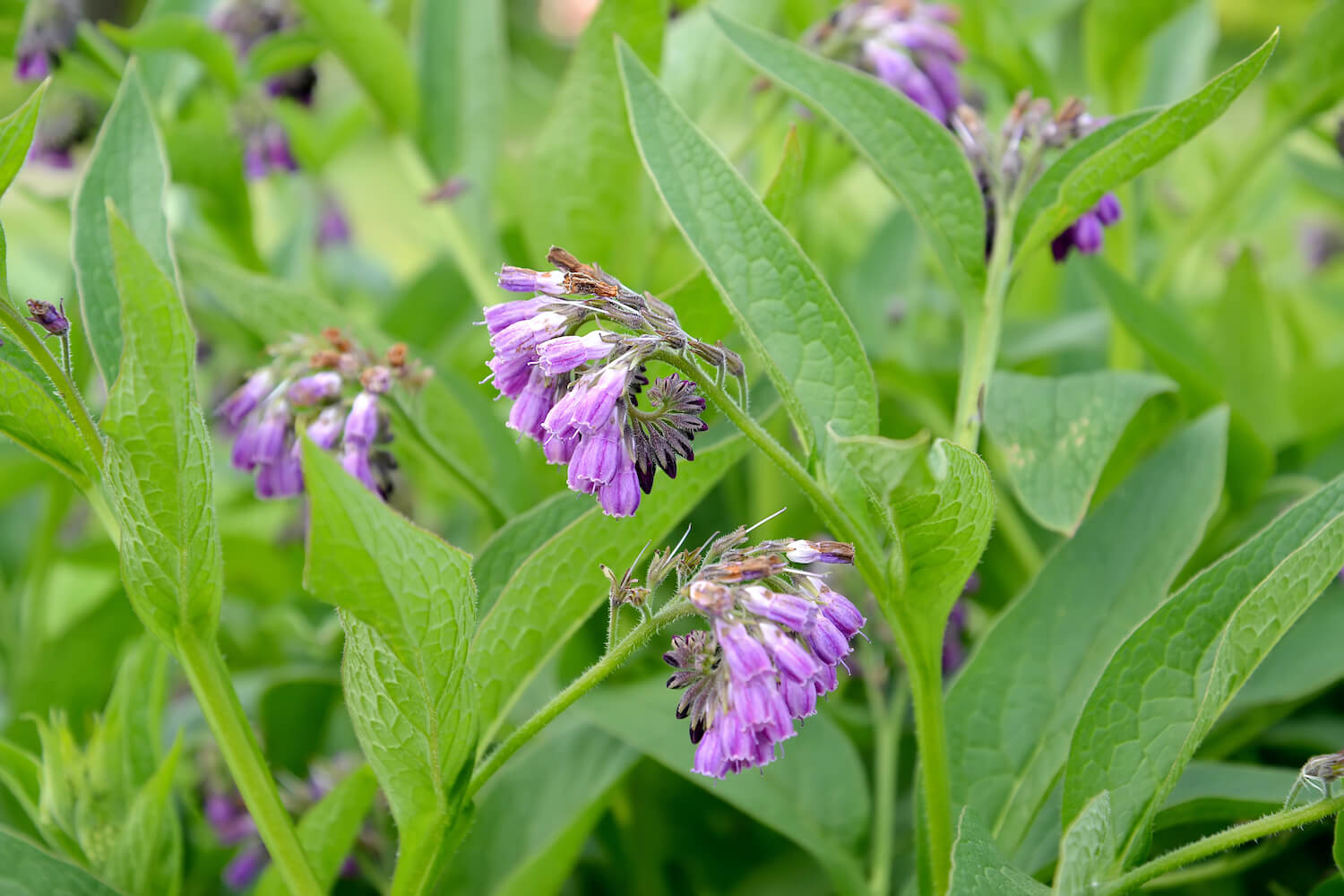
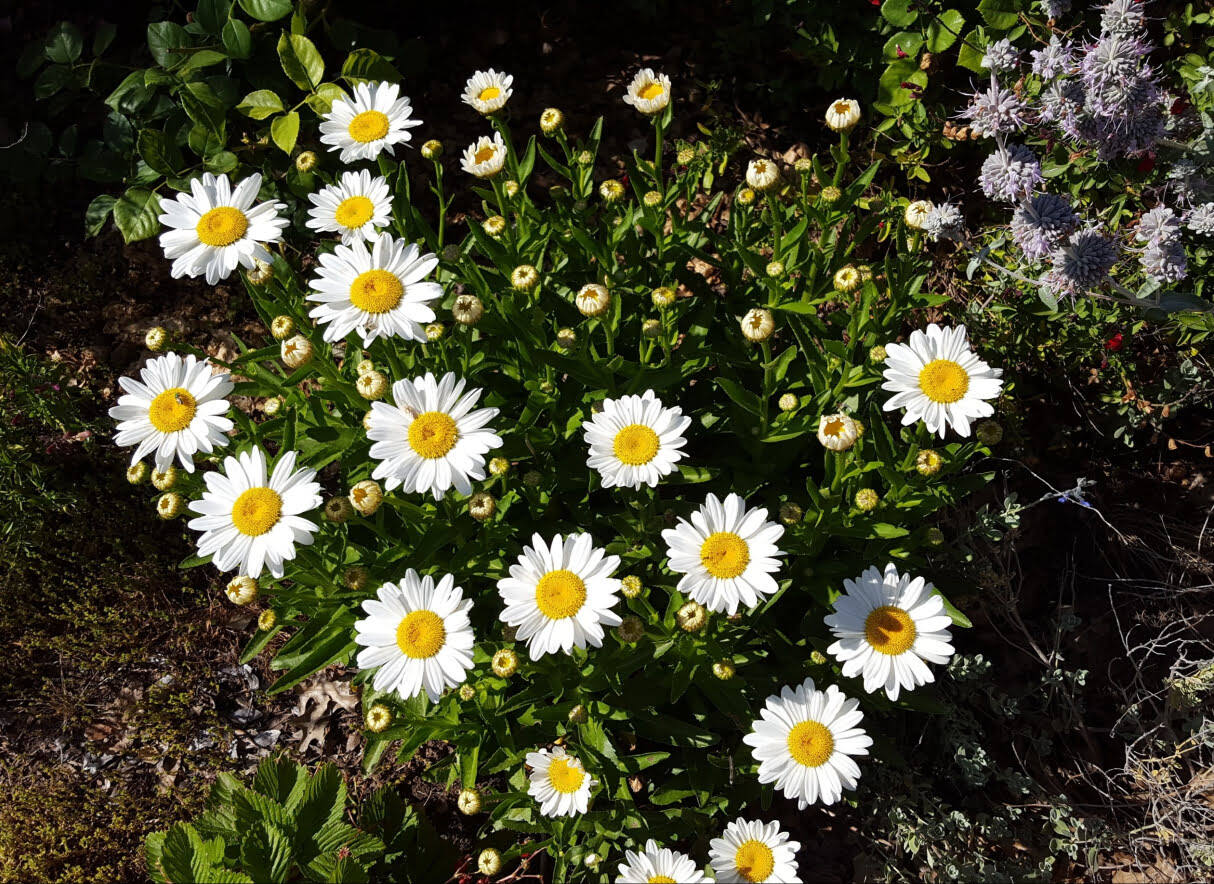
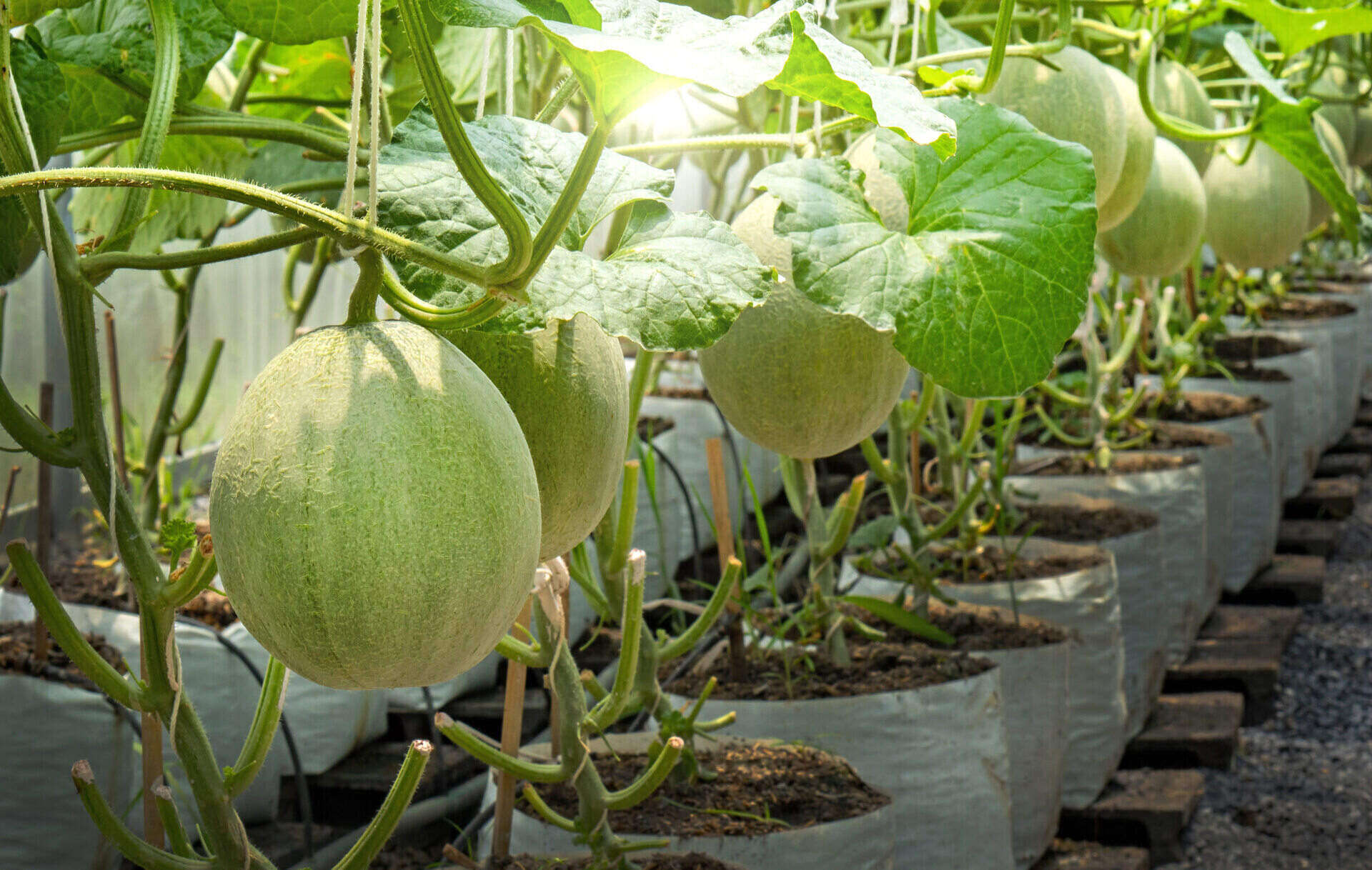
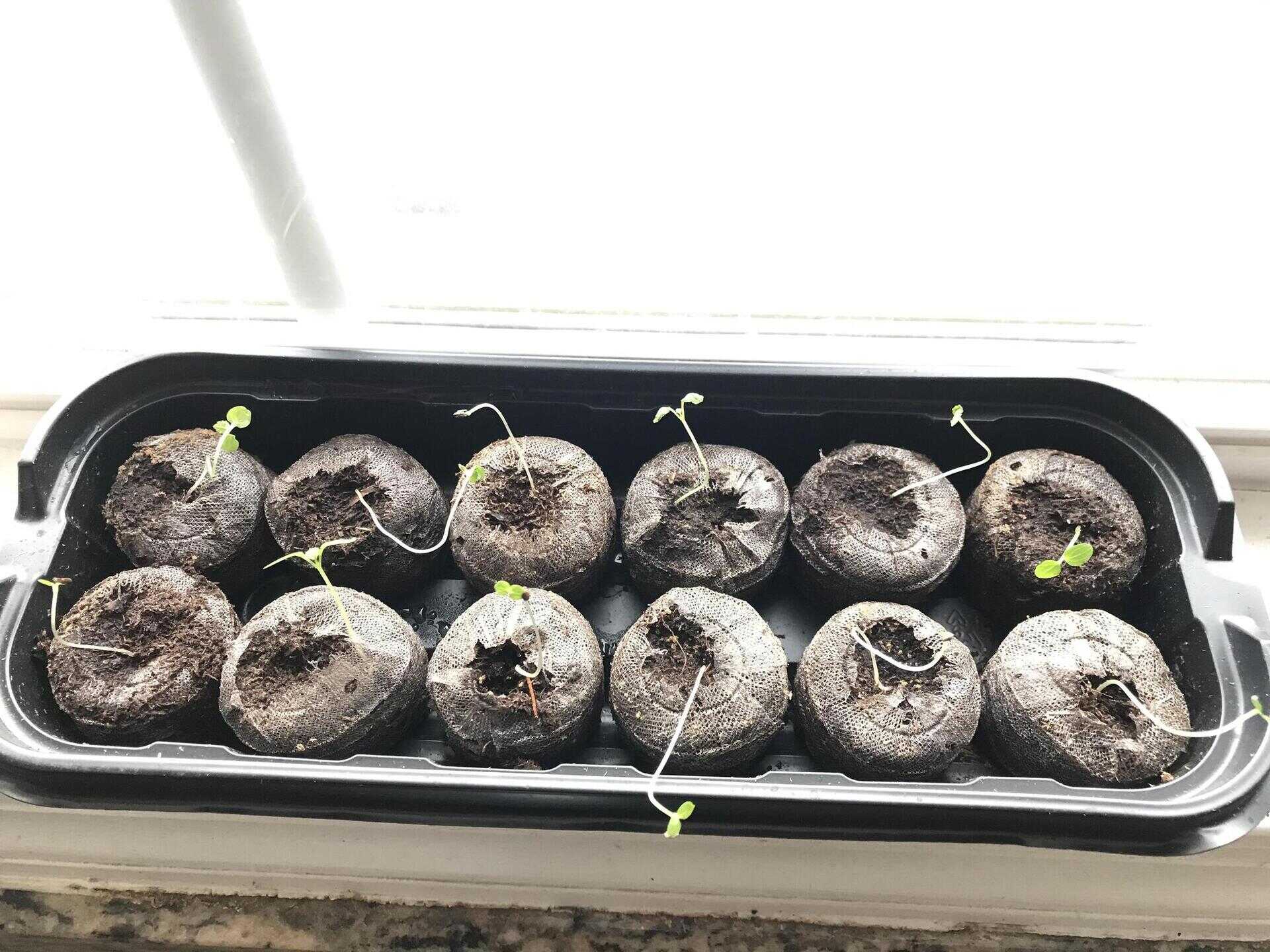
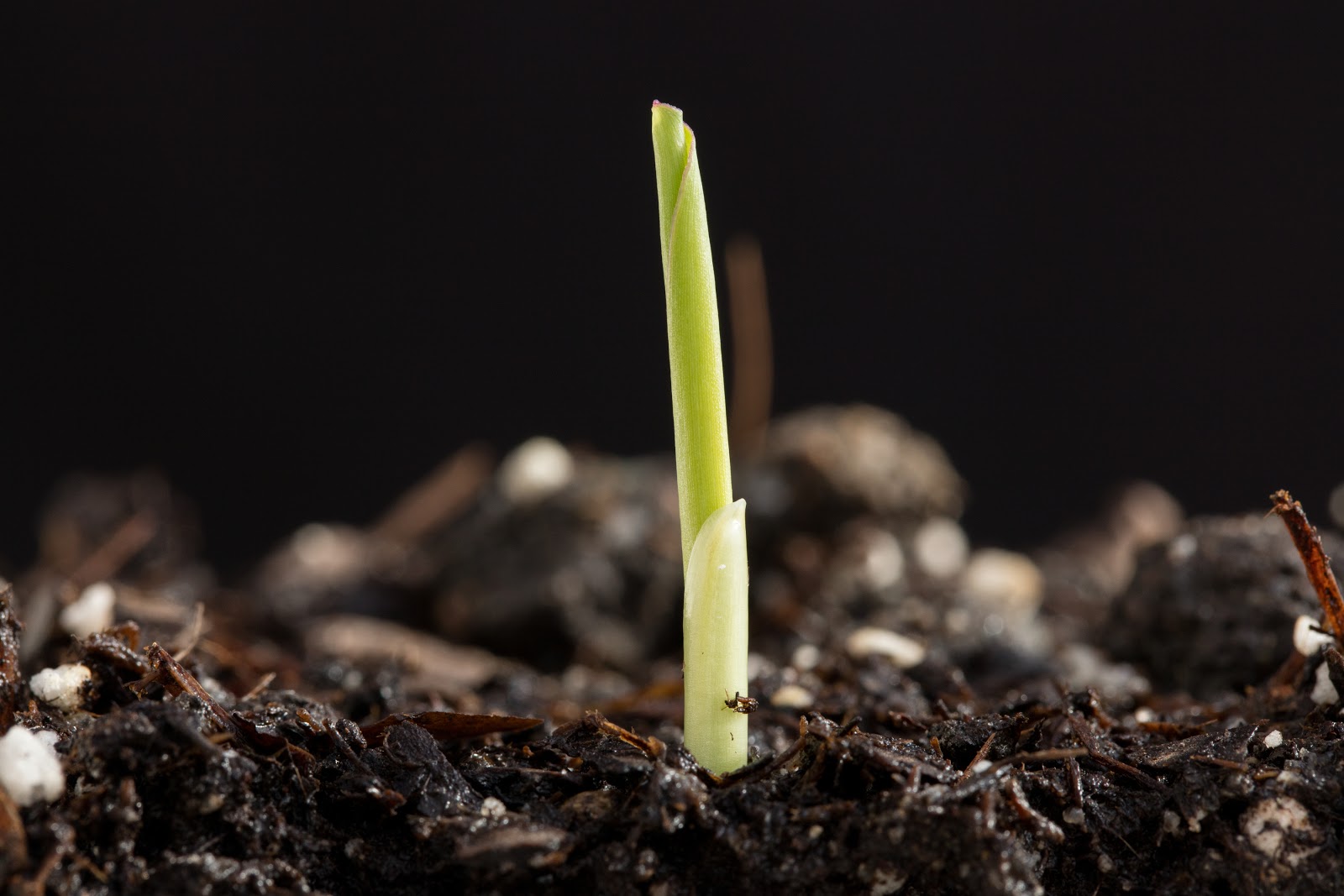
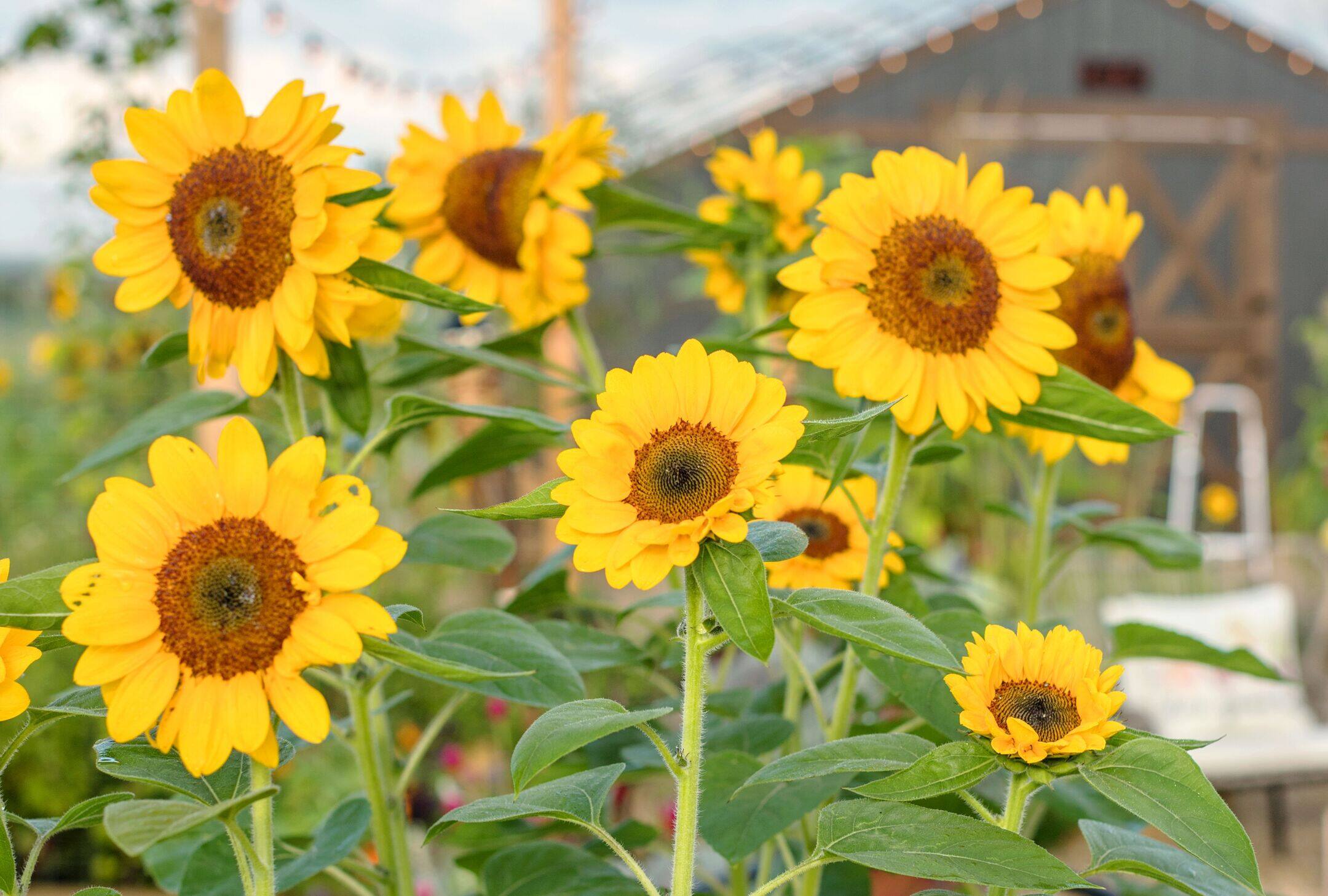
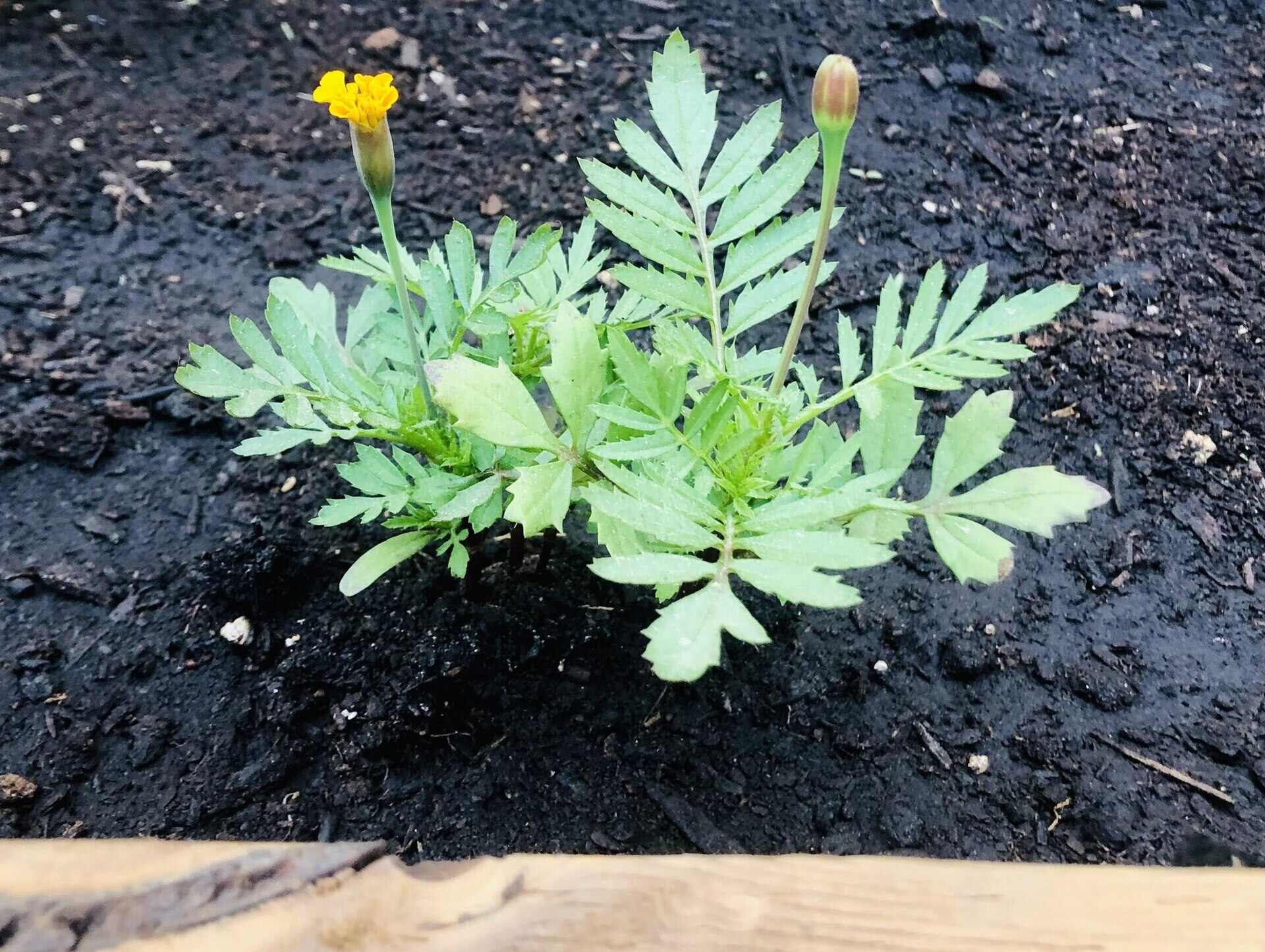
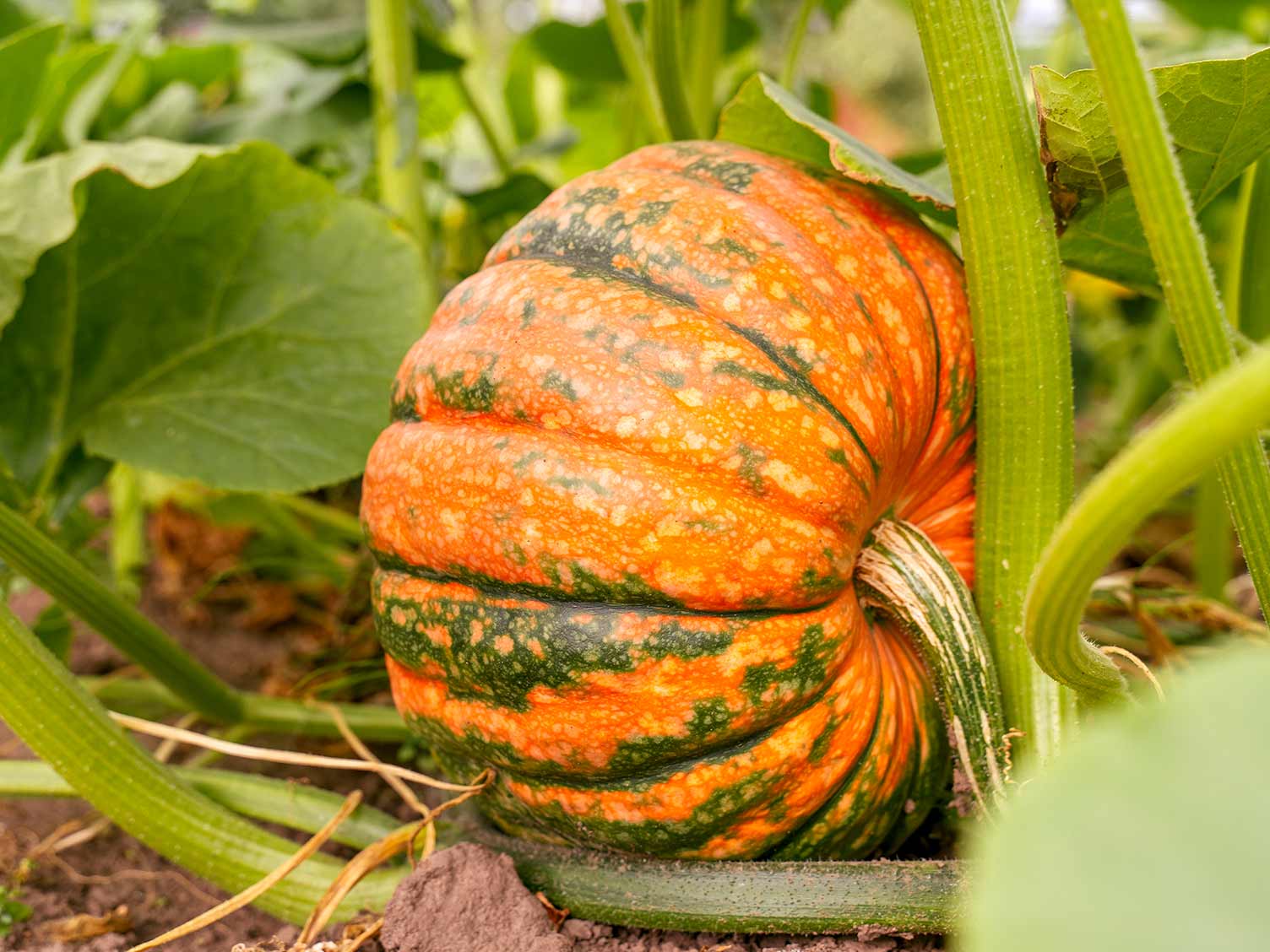
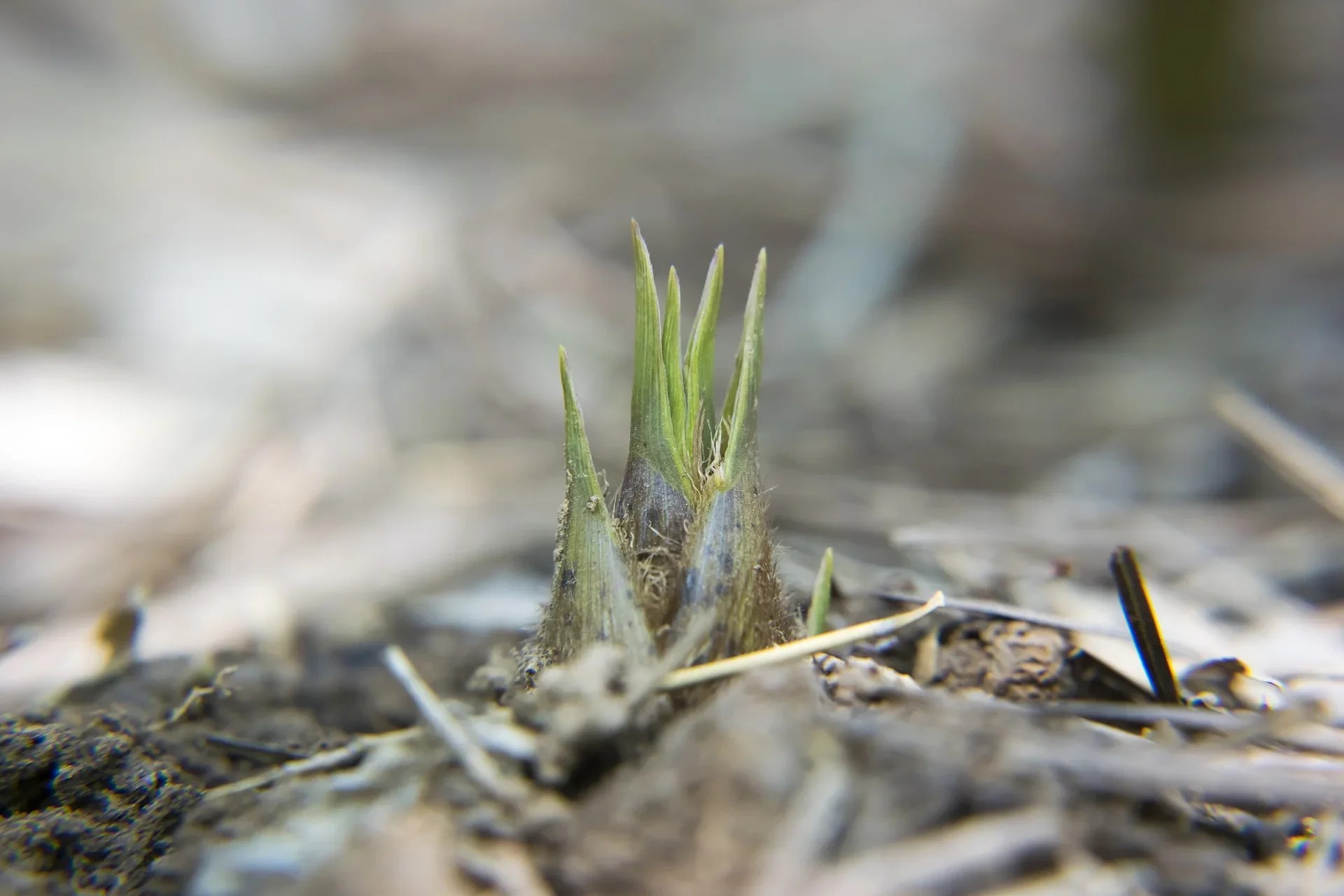
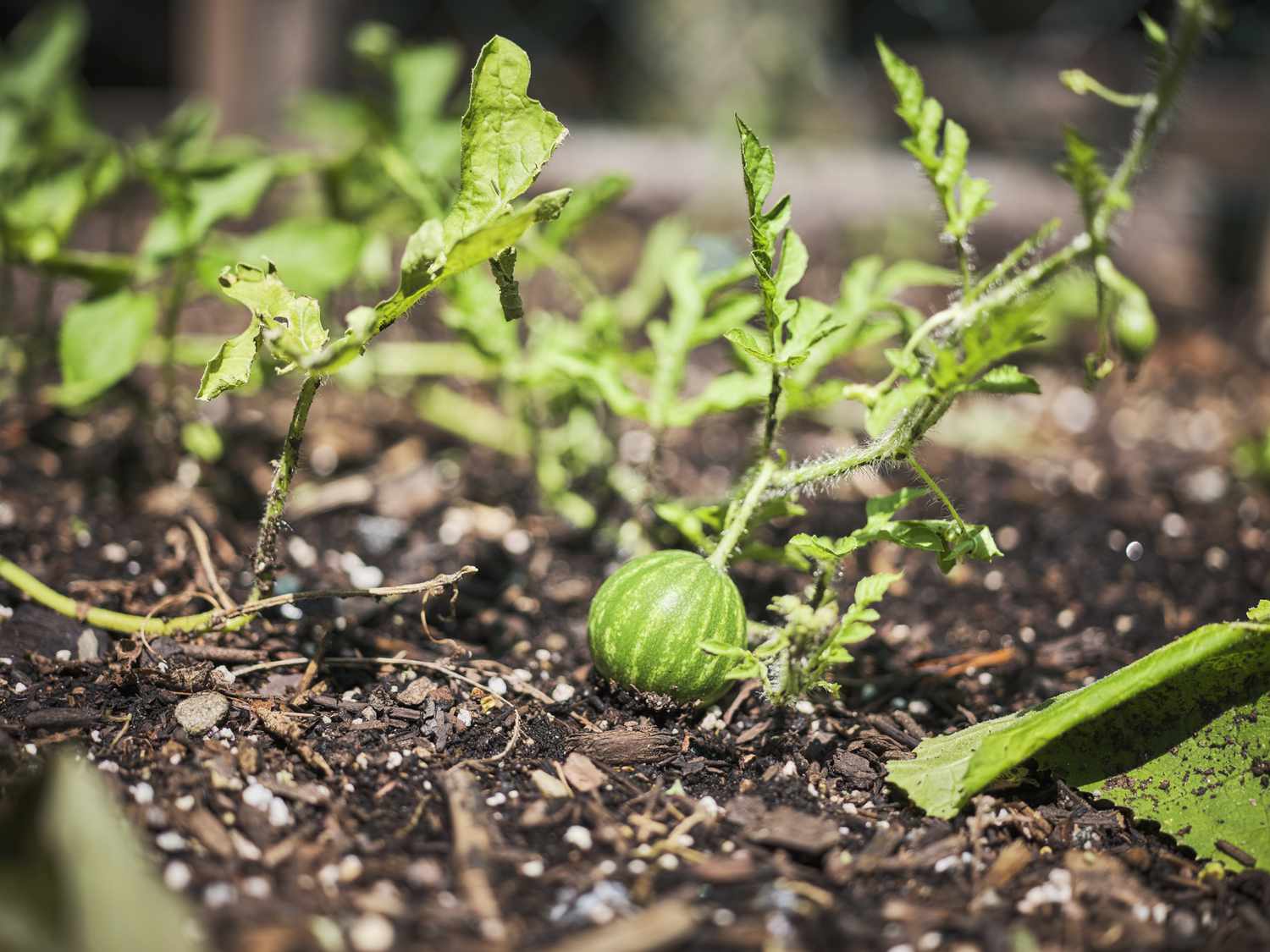
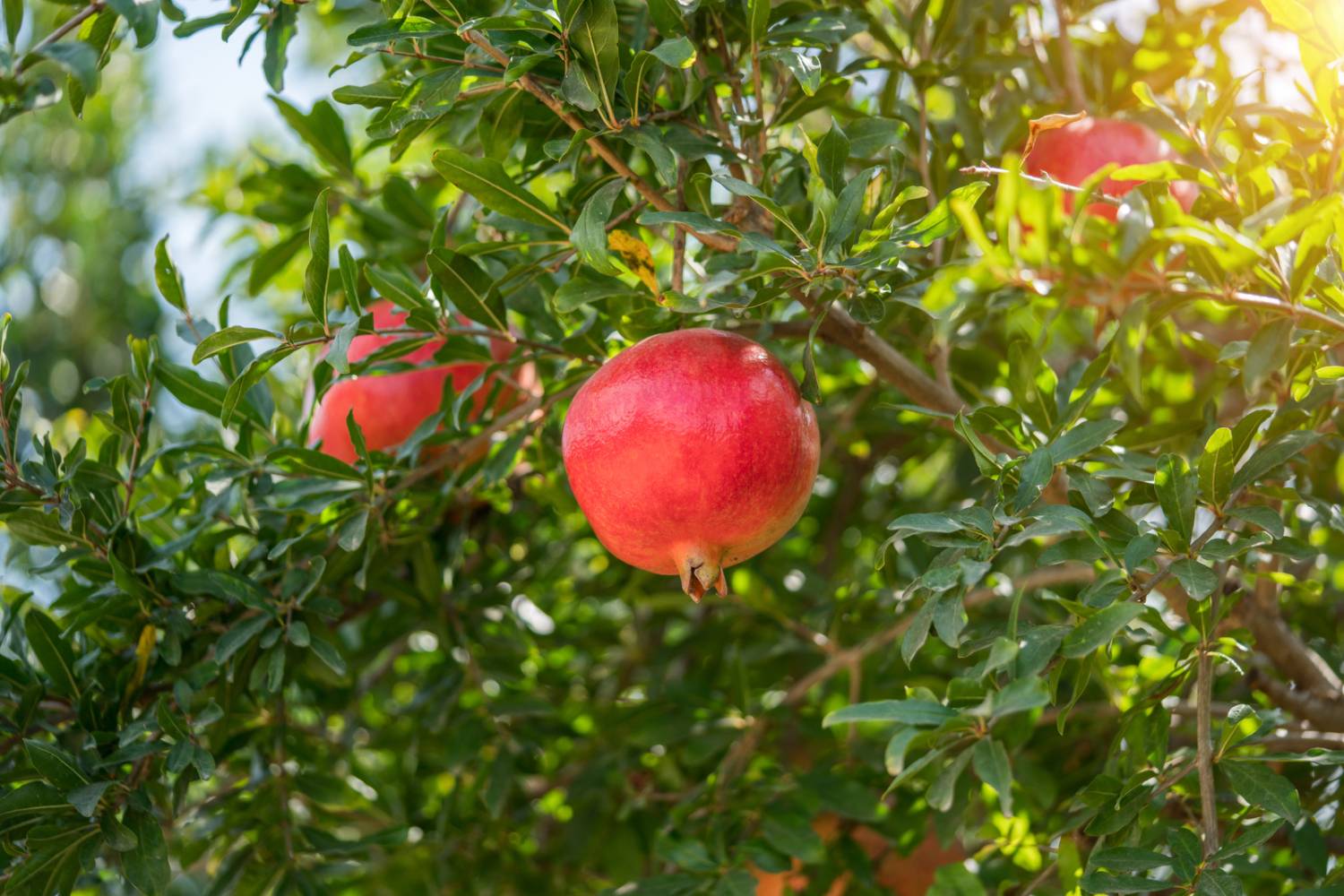
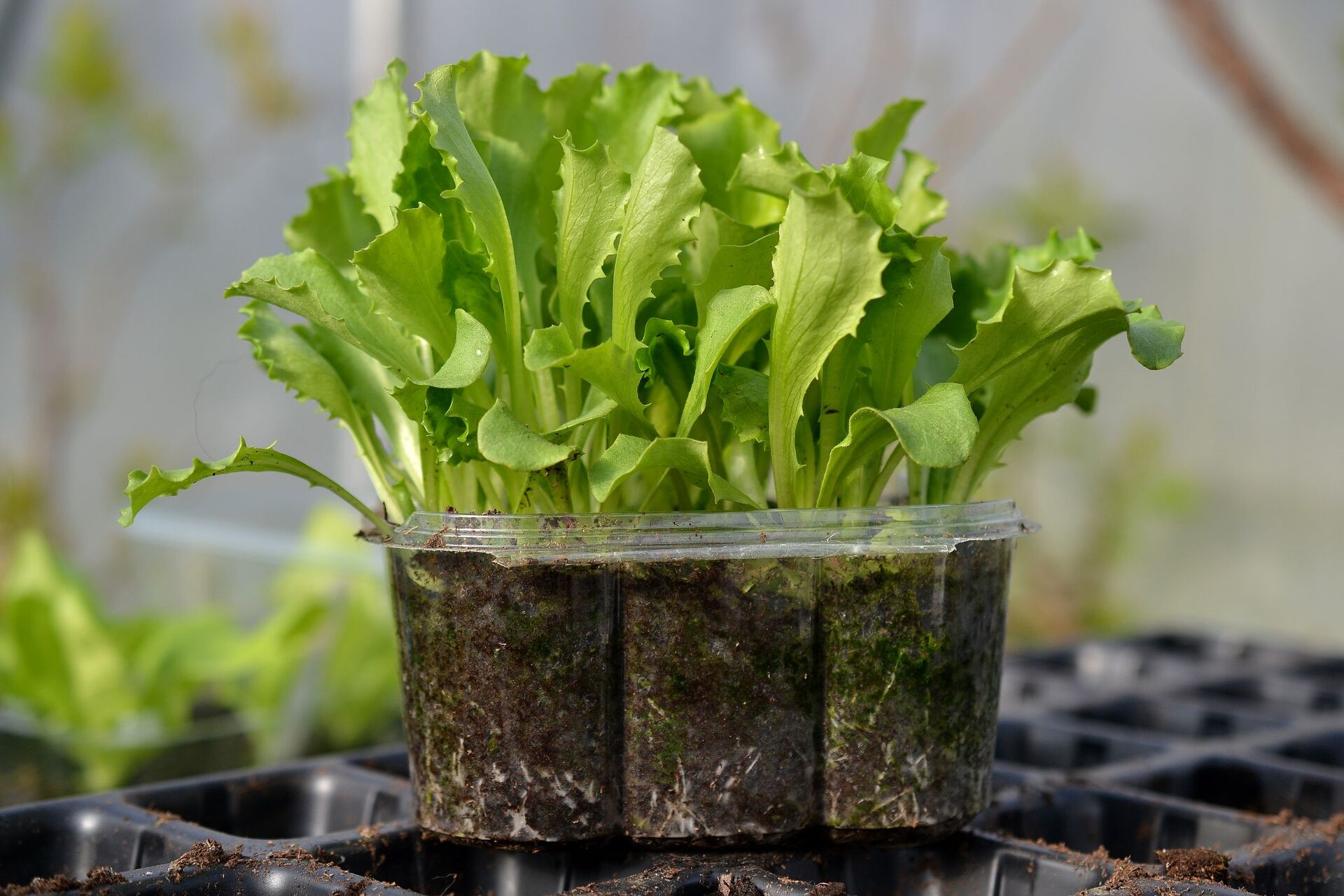

0 thoughts on “How Long Does It Take To Grow Butterfly Bush From Seed”